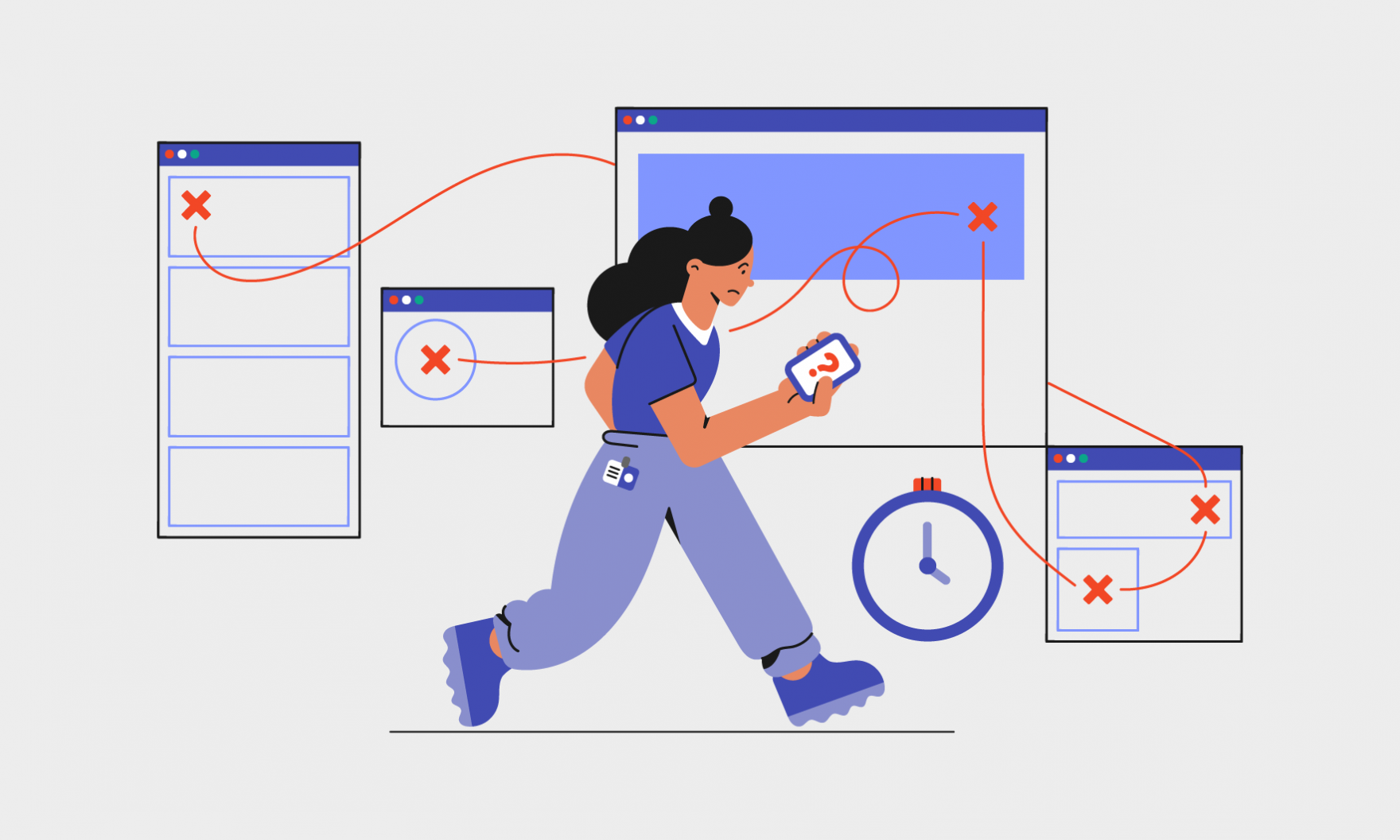How does a nurse book time-off?
Designing better services for healthcare staff, in a “patient-first” environment.
Digital delivery in a workforce the size of a country
NHS England is one of the world’s largest organisations, employing a staggering 1.4 million staff as of March 2022 [1]. Cyprus, by comparison, has a population of roughly 1.2 million citizens [2]. Running the equivalent of an island country in the Mediterranean is no small feat, which is why one of the top priorities for the NHS in 2022/23 is investing in its workforce [3].
This investment is not only on the wellbeing and safety of staff, but equally to “deliver high quality care in the most effective and efficient way”[4]. An indication of what this looks like came from the pandemic, where digital technology radically transformed how care is delivered. Practices such as video consultations and remotely monitoring patients became commonplace. Not only has the adoption of these services increased [5], but it also set the stage for a new status quo.
Not wanting to abandon this shift in momentum, the challenge now becomes harnessing the potential of these digital technologies – another key priority for the NHS [6]. Although it has always operated with a patient-first approach, emphasis is now equally being placed on staff – strengthened by the ongoing workforce crisis [7]. This was the focus of a recent project at Livework with the Sussex Community NHS Foundation Trust (SCFT).
 The complex navigation of the former intranet
The complex navigation of the former intranet
The three main things we learned
The SCFT is a geographically widespread organisation, with more than 120 different locations across the county. As part of the SCFT’s journey to develop the digital tools that support their 6,000 staff, we conducted a research project with them to replace the organisation’s intranet – the “Pulse”. The goal was to identify the needs, benefits, and existing limitations of an improved intranet, particularly for staff that were not considered lead users.
Through 24 in-depth interviews, two co-creation workshops, eight digital diaries (run over a week), and a staff survey with 190+ responses, we learned the following:
 Screen mockups showing the proposed redesign of the intranet.
Screen mockups showing the proposed redesign of the intranet.
Service design as the connective tissue between NHS priorities
Digital tools – like an intranet – are commonly developed from a business and/or a technical perspective, with user considerations being added in later. Service design inverts this by applying a user-centred approach, where user needs are considered from the beginning, while still being balanced with business and technical requirements.
In the context of the SCFT, a deeper understanding of the intranet’s users means they can provide a better experience to staff. They will be able to do their jobs more effectively and improve the care they provide to patients. As a result, investing in staff and harnessing the potential of digital technologies in care delivery (two of the NHS’s priorities for 22/23) become intrinsically connected.
To enable the SCFT to apply service design methodology to their work, we produced the following:
The value of delivering a “staff-first” service
The Pulse is a key internal resource for Trust staff. As previously mentioned, the pandemic has demonstrated how digital tools like it are an invaluable asset. According to SCFT statistics, “the COVID-19 pages were visited more than 15,000 times between March and May 2020, with guidance/information documents being downloaded hundreds of times.”[8]
Unique page views (user traffic to the site) between July 2019 and June 2020 were generally shown to be quite high. But closer analysis indicated that most of these were for the homepage – which opens by default when staff launch their Internet browser. If you remove the homepage entirely, “less than 50% of staff access the intranet at all in a year, and those that do look at one page a month.”[9]
The true value of designing this service around SCFT staff was not only in creating an intranet that was more functional for them, but one that they enjoyed using. For example, staff reported that significant amounts of time were lost in productivity. By identifying why, the redesign was able to propose changes to improve workflows, remove existing workarounds, and streamline current systems. This alone could possibly save a reported 20-25% of staff time. Usability and collaboration between staff could also be improved – introducing targeted training support and a simpler interface to address the mix of IT skills. Fundamentally, better digital services mean happier users. By affecting one you improve the other, and you cannot have a patient-first service without being staff-first.
“Our work with Livework allowed us to gain a deeper insight into our staff cohort and their needs. As a result of this, we have been able to build a new Intranet that works for everybody across the organisation – and improve the quality of care we’re giving within the community.”
- Diarmaid Crean , Chief Digital and Technology Officer Sussex Community NHS Foundation Trust
We hope you enjoyed the article. This is just one in a three-part series from our continued work with the Sussex Community NHS Foundation Trust. Stay tuned for part-two in December. For any questions or queries, please contact alvaro@liveworkstudio.com.
References

I am a creative adventurer. Designing products, services, and systems that find new ways to explore the human experience is what I love. Being able to convey these by transforming them into elegant visuals or intuitive prototypes is where I thrive.
Related content